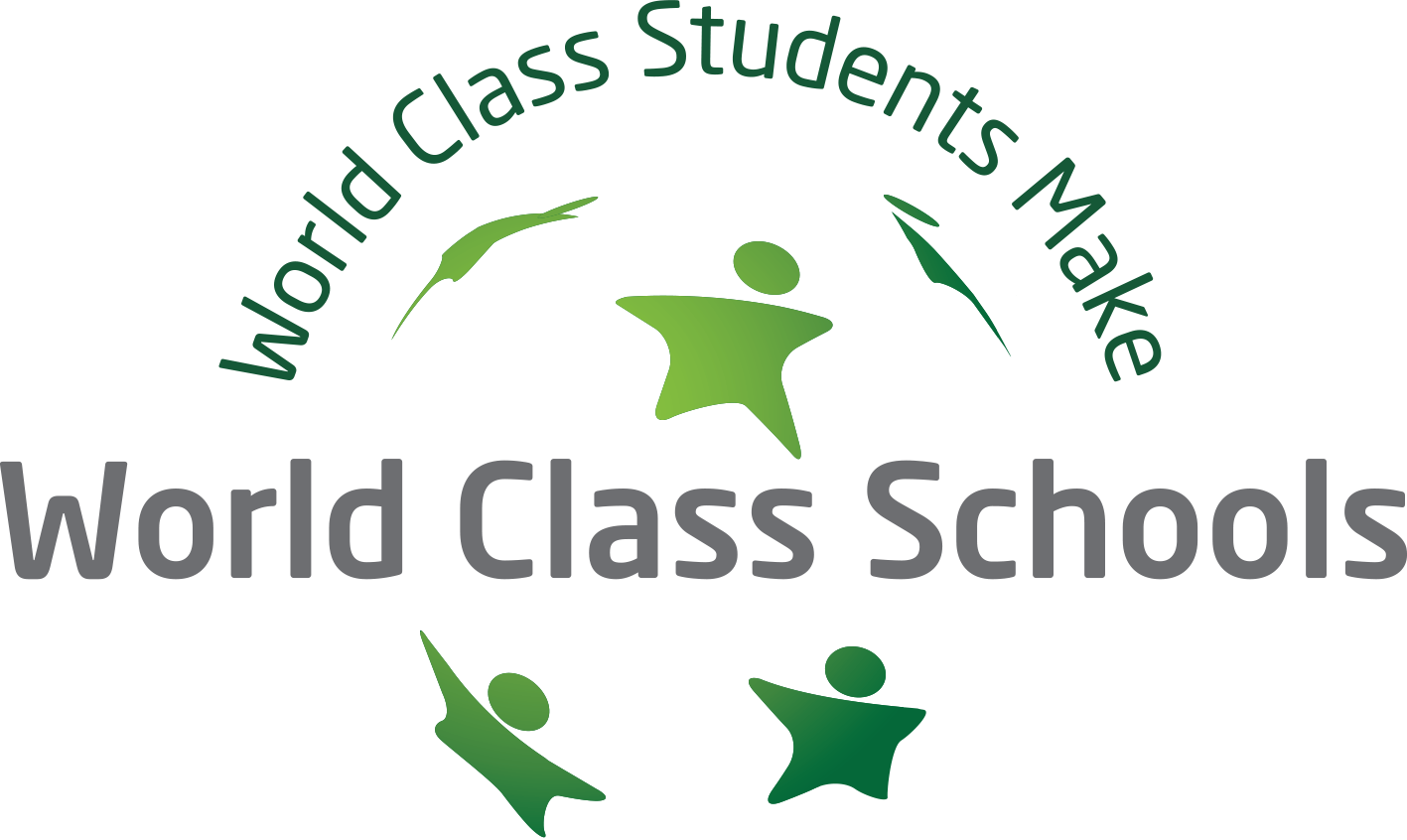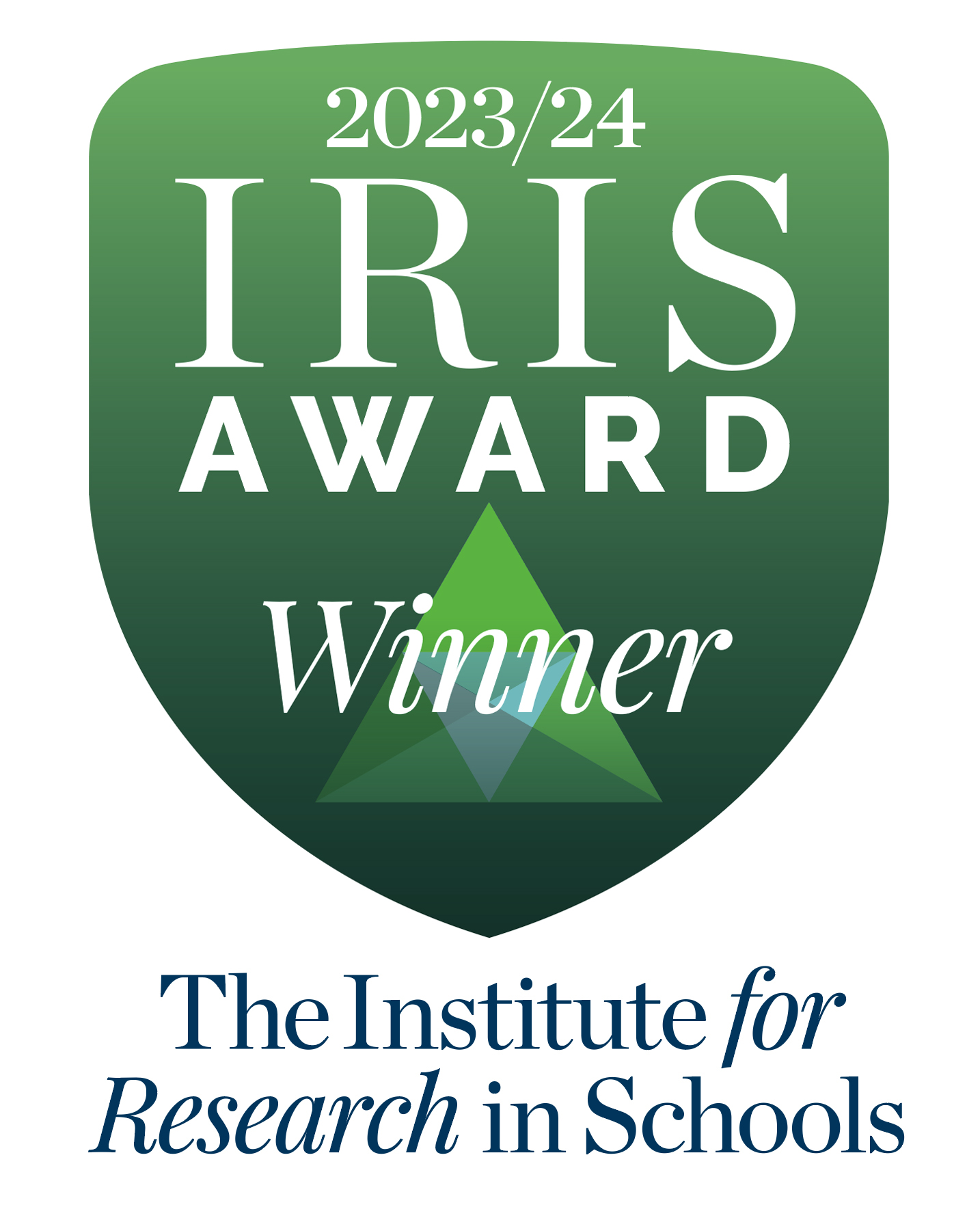Art
Why do we teach Art?
From the moment we wake up to the time we go to bed we encounter the impact of creative people and the creative arts. From the pattern on our curtains, to the crockery we use, the TV we watch or the clothes that we wear, our world would be far different if we did not have imaginative and creative people to design and make these items. Art is central to this. It provides our pupils with the skills, understanding and interest to engage with this world; it provides opportunities to think creatively and imaginatively and ask questions about what they see around them; it provides challenge and requires perseverance. For some it will be all about the practical elements, and this will take them on a path to becoming part of the creative industries themselves. For others it might simply help them to understand their visual world and make more informed choices about those curtains they eventually need to buy.
The Art department is housed in 3 specialist rooms. They are multipurpose and enable the full range of art activities to be undertaken. The 6th form have a dedicated room which they have access to at all times.
The teaching team consists of Ms Wakeham, Head of Department and Miss Roberts.
Pupils work in both 2D and 3D, including painting, drawing, printmaking, mixed media, pottery, ceramics and sculpture. GCSE students follow the AQA syllabus which aims to stimulate imagination, sensitivity, conceptual thinking and powers of observation. In the Sixth Form, pupils are given increasing freedom to make choices and to take responsibility for the direction of their learning.
Key Stage 3
Art and Design is integral to a young person’s development. We place emphasis on the acquisition of technical skill, drawing from direct observation, investigation and personal expression. Pupils are encouraged to analyse, solve and evaluate visual and intellectual problems. We aim to help pupils become self-motivated, gain confidence and develop initiative through working in a stimulating studio environment.
Key Stage 4
GCSE (AQA)
Over the three years, pupils will cover two units of coursework (60% of marks). The final examination is an early release paper allowing the pupils plenty of time to develop extensive preparatory work before the timed examination session of ten hours (40% of marks).
Each unit consists of, and is assessed within, the following areas:
- Develop - Investigation, research, development of ideas and analysis of contextual sources.
- Refine - Experimentation and use of a wide range of media and techniques.
- Record - Observational drawing and recording.
- Present - To bring together 1, 2 and 3 into a finished piece.
Key Stage 5
A LEVEL (Edexcel)
A Level Art prepares pupils who wish to go on to Higher Education, to follow an Art Foundation course or to work in the wider field of Art and related Art and Design practice. It also complements many other subjects from the Humanities to the Sciences. The course builds on, but is not dependent upon, the knowledge, understanding and skills acquired at GCSE Art and Design. However, the most important requirement is a high level of self-motivation and enjoyment of the subject.
Course Structure
The new Edexcel Art A Level has two components of work spread over two years which comprise the full course. The first is a personal investigation (50% of marks) comprising one major project and a contextual essay (1000-3000 words). The second is an externally set task (50% of marks) which follows a period of about ten weeks of preparation and is 15 hours in length.
There is scope for a high degree of personal experimentation with an emphasis on exploration of technique and materials leading to the final examination. The pupils will work from given starting points and subject matter, with the emphasis on process, the acquisition of practical skills and contextual study. Pupils are expected to produce a body of work that is specialised in nature. They may select the area in which they wish to work. The emphasis at A Level is product rather than process.





